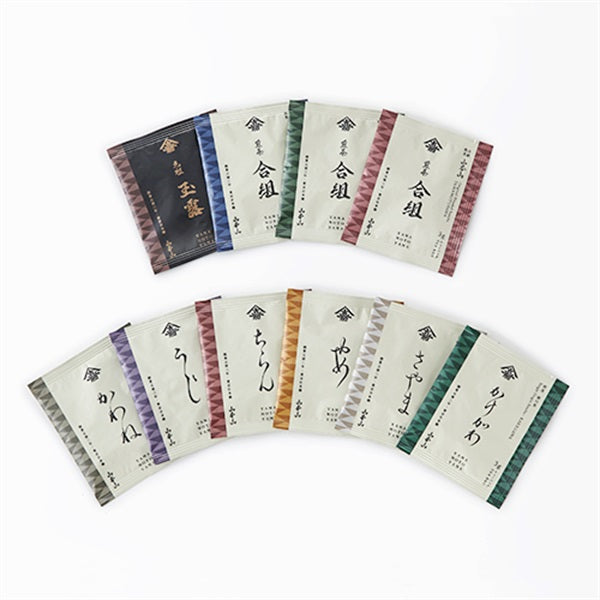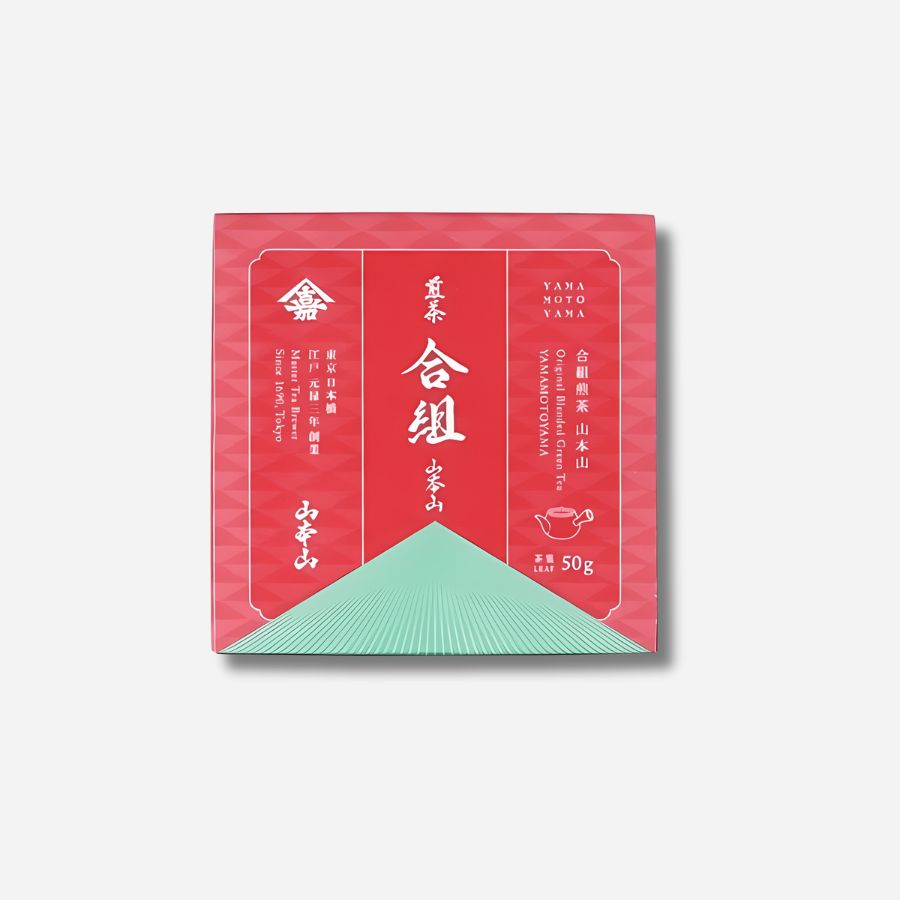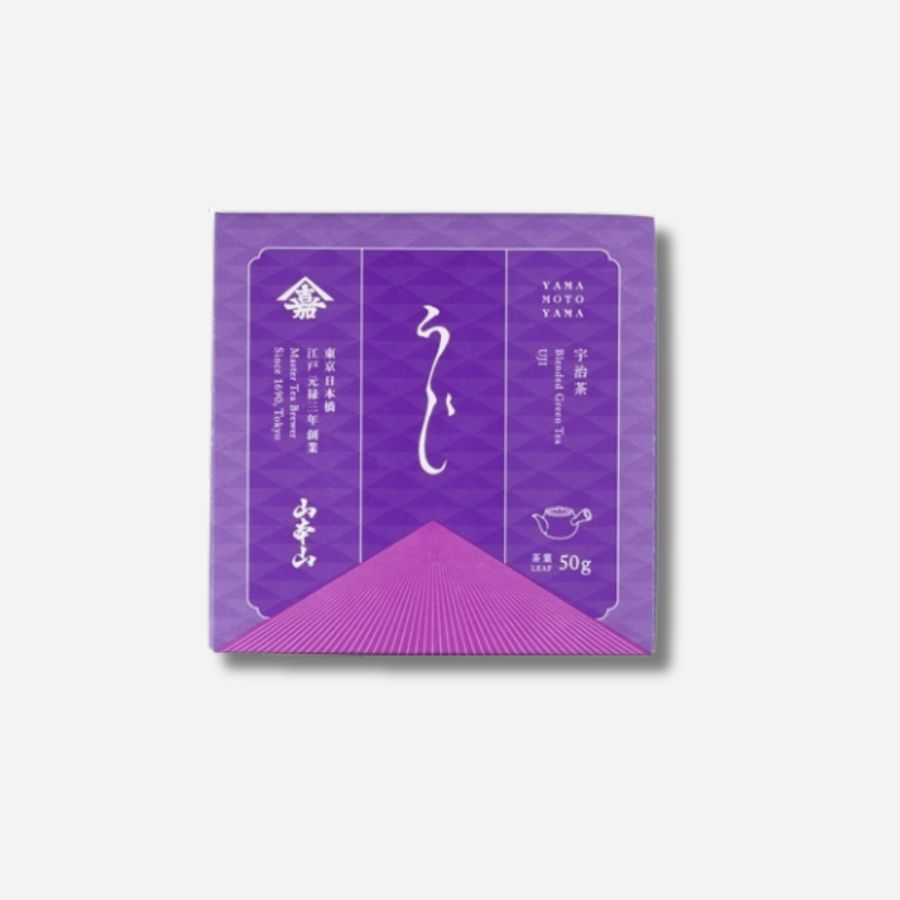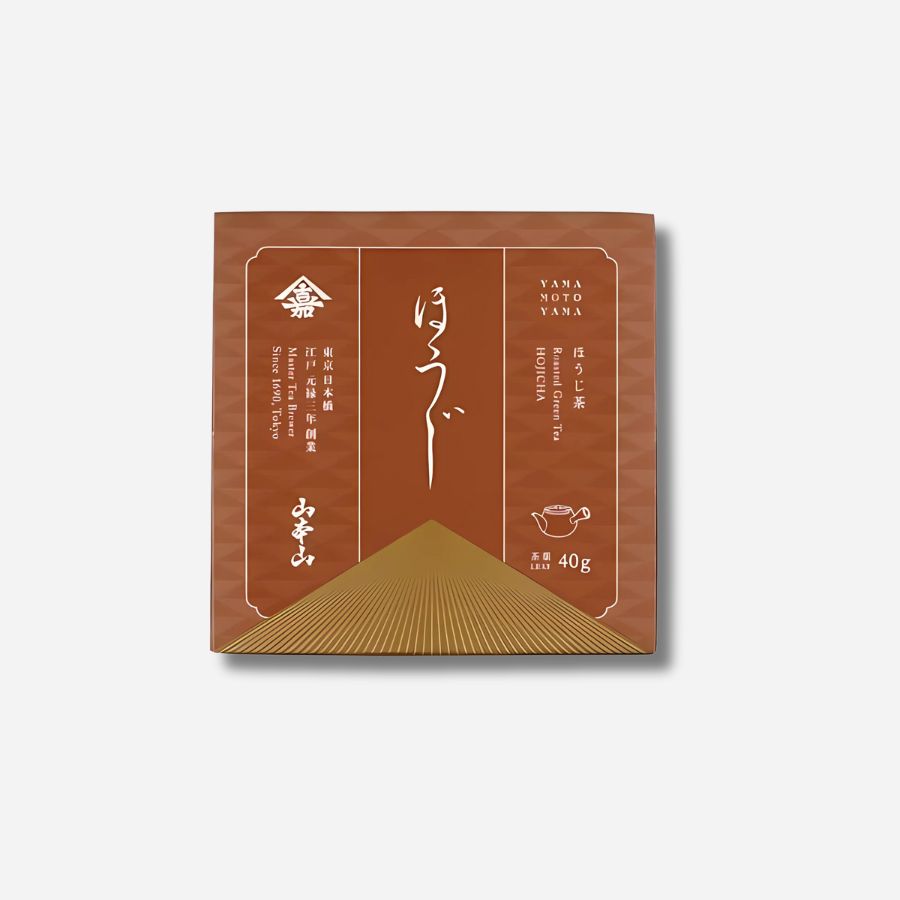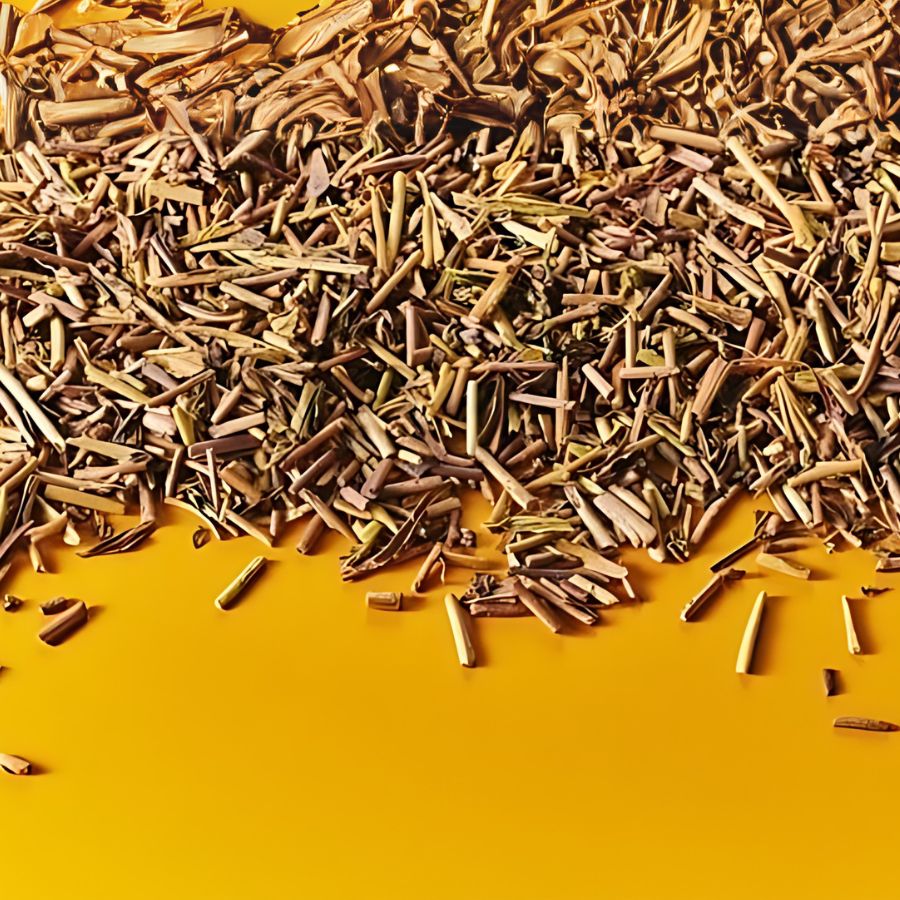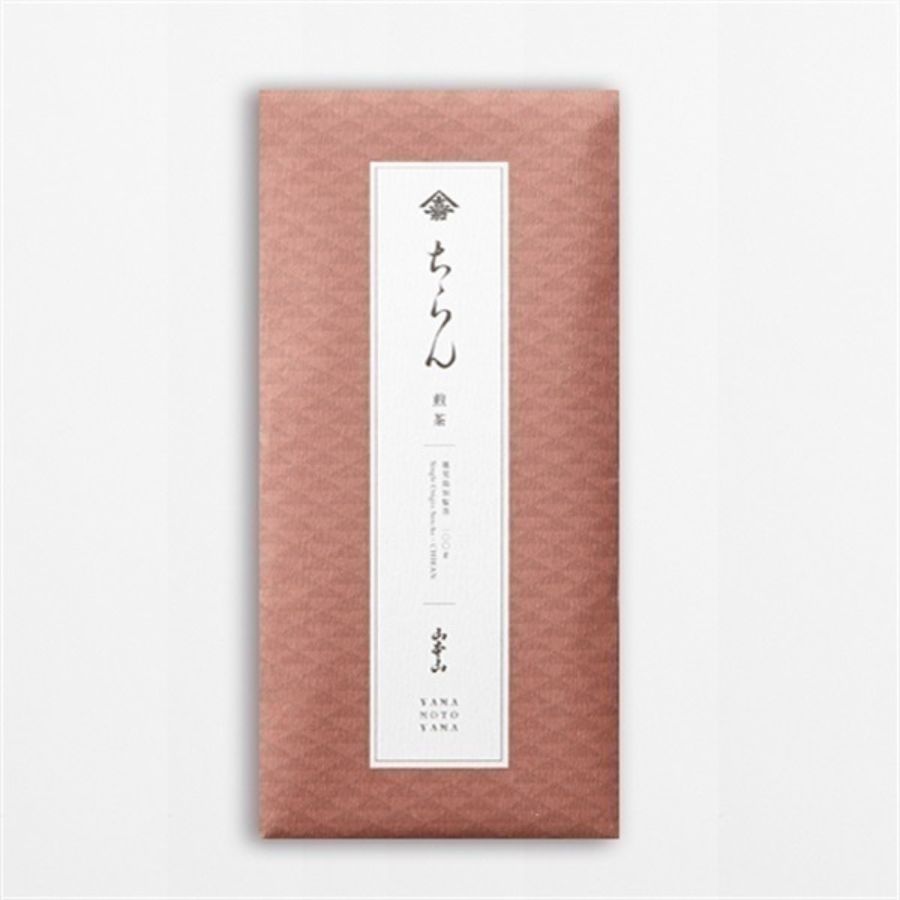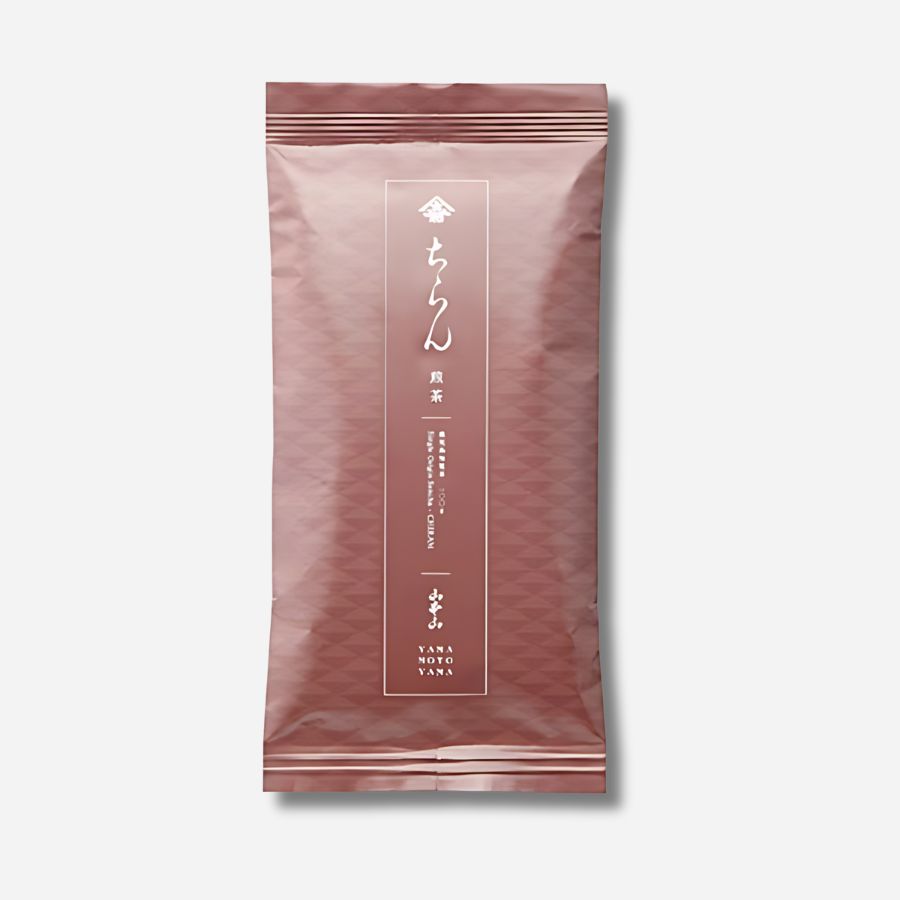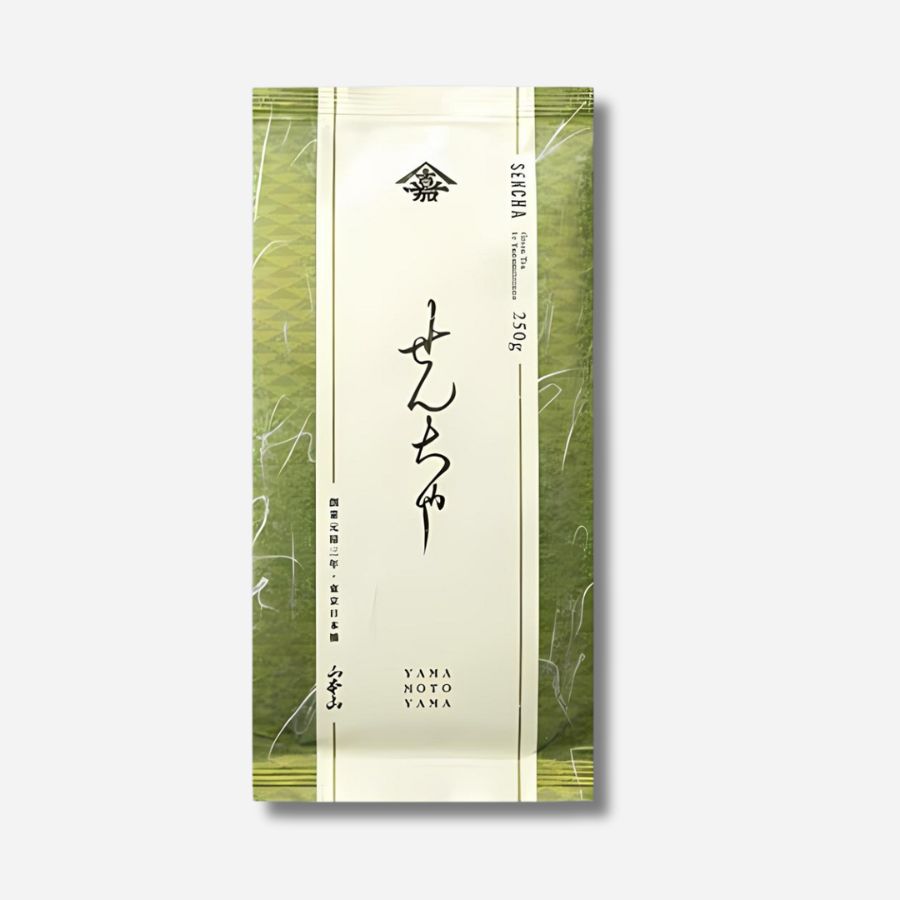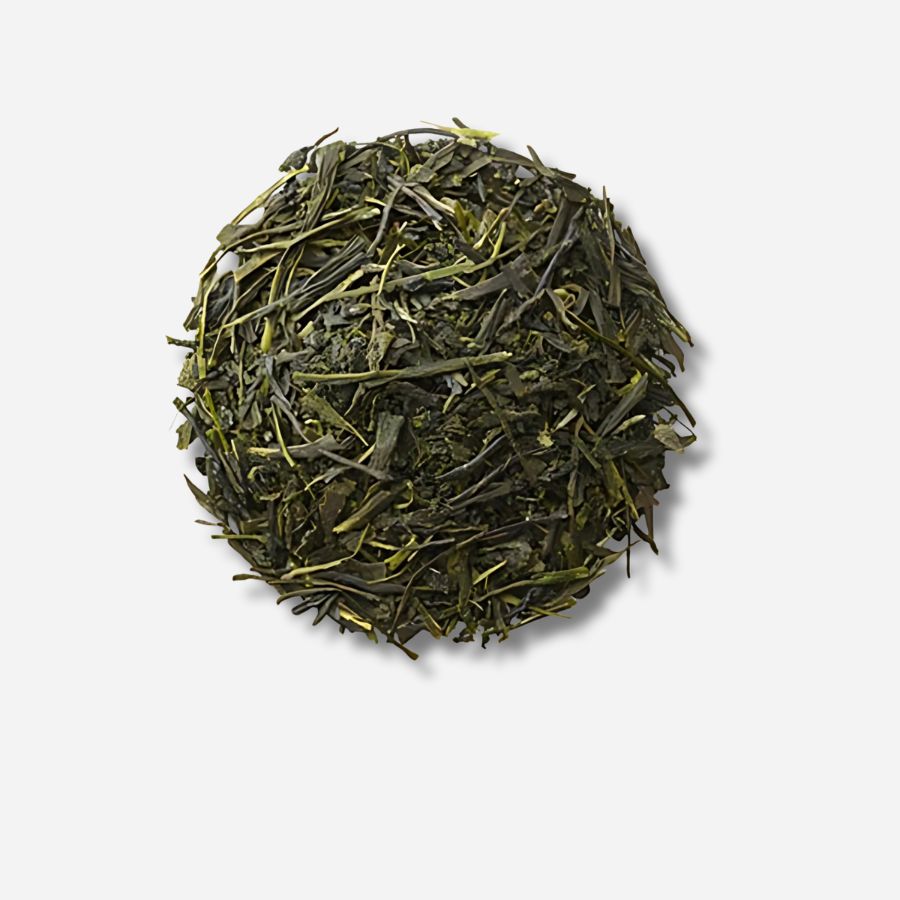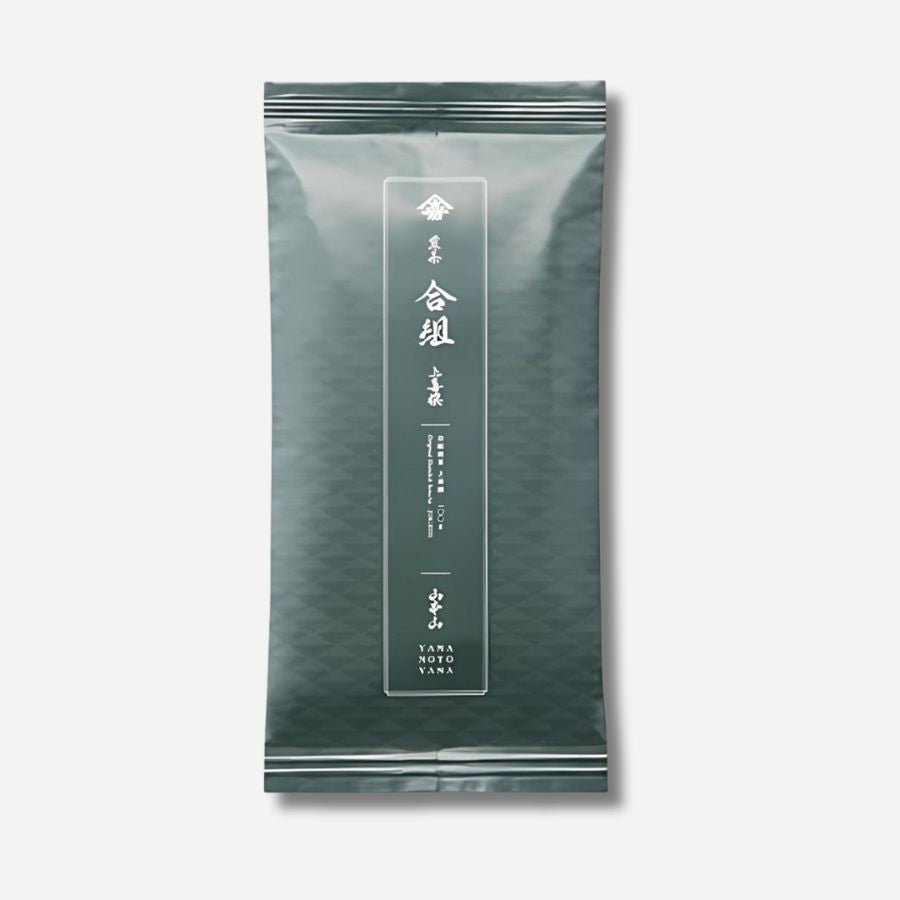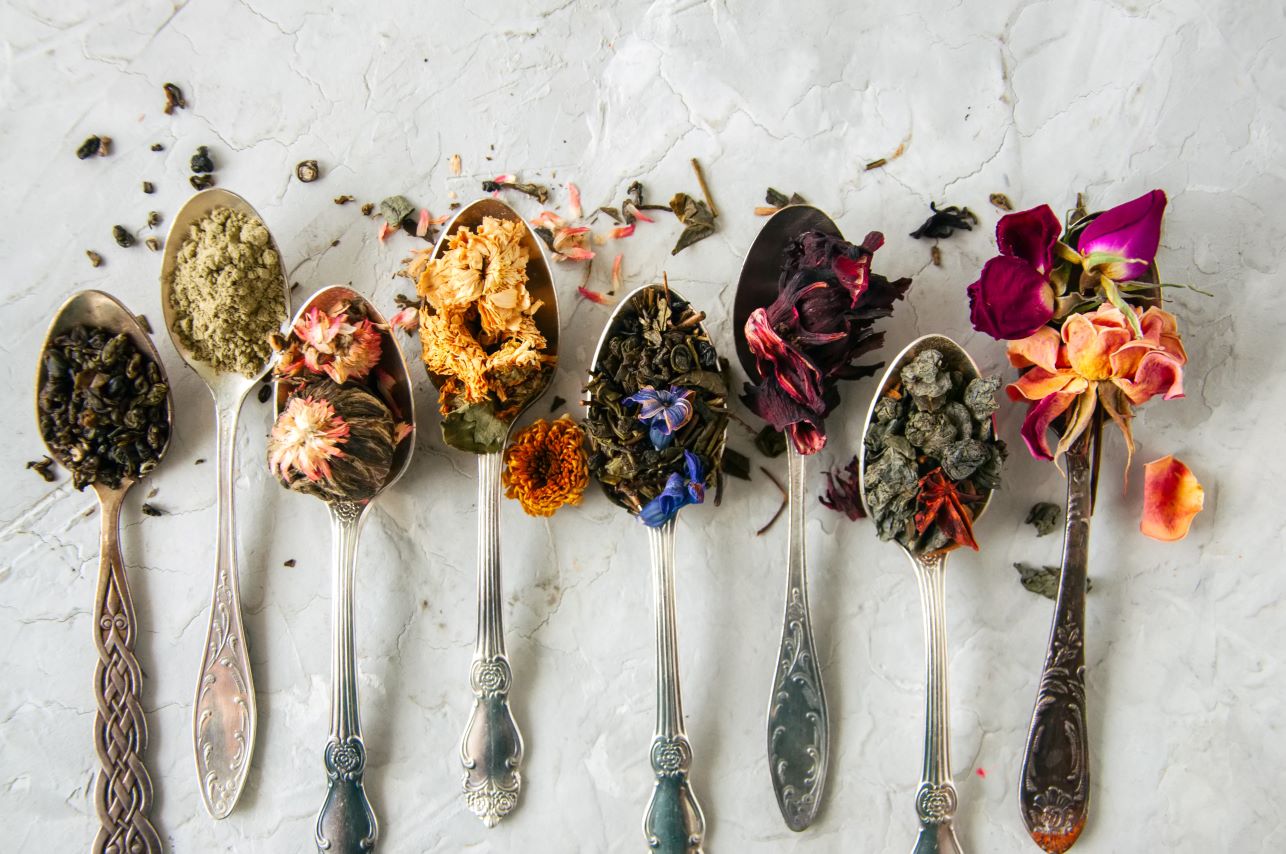
Unraveling the history of tea through a timeline! From its origins to the present day
- Introduction
- Tea Seeds in Japan: The Introduction and Development of Tea in the Heian Period
- The Connection Between Zen Buddhism and Tea: The Kamakura Period
- The Birth of Wabicha: Muromachi Culture and the Tea Ceremony
- The Peak of Tea Ceremony Culture: The Azuchi-Momoyama Period
- Sencha tea loved by the common people: The tea boom of the Edo period
- Meiji Period: Development as an export industry and its penetration into the domestic market
- History
Introduction
Japanese tea is now consumed on a daily basis, but it took a long time for it to become readily available to the general public.
As tea spread throughout Japan, it began with tencha, then passed through wabi-cha and chanoyu, and then kamairi-cha, sencha, and gyokuro, changing the environment in which it was drunk and who drank it. In this article, we will trace the history of tea along with a Japanese timeline.

Tea Seeds in Japan: The Introduction and Development of Tea in the Heian Period
The history of Japanese tea began with the Japanese envoys who traveled to China.
Some of the envoys brought back tea seeds and started cultivating tea in Japan. Among them were monks such as Saicho, Kukai, and Eitada, who traveled to China with the envoys to study Buddhism.
The Nihon Koki records that when Emperor Saga visited Shiga in 815, Nagatada personally brewed tea and presented it to the emperor. This was the first time tea was mentioned in an official Japanese historical record.

However, Japanese tea in this era was a little different from the "tea" we imagine today.
In those days, the tea that was drunk in Japan was made by steaming raw tea leaves and forming them into round, mochi-like solids. From this, the amount needed was cut off, roasted over a fire, crushed into fine powder, and then infused and drunk. It was not the modern style of steeping the tea leaves and drinking it.
Just as tea was taken as medicine in China, it is said that in Japan at that time, tea was mainly used as medicine.
It was believed to have the effect of treating headaches, indigestion, and other ailments, and was drunk by nobles and monks. It was an expensive luxury item that was out of reach for ordinary citizens, and culture such as the tea ceremony had not yet been established.

The Connection Between Zen Buddhism and Tea: The Kamakura Period
The Zen monk Eisai played an extremely important role in popularizing Japanese tea.
During his stay in Song, Eisai learned how to cultivate and drink tea and brought that knowledge back to Japan, marking the beginning of full-scale tea cultivation in Japan.

Eisai wrote the book "Kissa Yojoki" (A Guide to Drinking Tea), which summarized the effects of tea and how to drink it.
In this book, Eisai states that "Tea is an elixir for health and a wonderful technique for prolonging life," and tea came to be widely known not just as a drink, but as a health drink with medicinal properties.
Eisai presented tea to influential figures in the Kamakura Shogunate and enthusiastically explained its benefits. The samurai noticed the tea's awakening and mental concentration effects, and began to actively consume tea, including using it in their martial arts training.

The Birth of Wabicha: Muromachi Culture and the Tea Ceremony
It was during the Muromachi period that Japanese tea made great strides.
In 1486, Murata Juko, a student of Ikkyu Sojun, a Rinzai sect monk from the Daitokuji school and popularly known as "Ikkyu-san," established a simple, rustic style of tea ceremony known as "wabicha."

Wabicha is a quiet and calming tea ceremony that values the beauty of nature and imperfection and incorporates the spirit of Zen.
He positioned the tea ceremony not just as a way to enjoy a drink, but as a training ground for purifying the mind and body. His ideas had a major impact on later tea ceremonies and are deeply rooted in Japanese culture.

The Peak of Tea Ceremony Culture: The Azuchi-Momoyama Period
And his ideas and the spirit of tea were passed on to Sen no Rikyu.
At the age of 16, Sen no Rikyu became Oda Nobunaga's tea master (serving the Shogun and various feudal lords, responsible for preparing tea ceremonies, appraising and purchasing artworks, etc.).
Later, he gained fame as the tea master of Toyotomi Hideyoshi. He perfected the tea ceremony etiquette he aimed for, and tea began to spread among the common people.

Sencha tea loved by the common people: The tea boom of the Edo period
The Edo period was a time when a variety of methods for producing Japanese tea were developed and tea culture developed greatly.
Not only samurai but also townspeople, farmers, and people of all classes began to drink tea, and tea literally became the national drink.
In 1738, during the late Edo period, Nagatani Soen invented a new manufacturing method called the "Aosei Sencha Seiho" (Blue-colored Sencha Manufacturing Method). This method, in which fresh tea leaves are steamed, rolled, and dried, is the basis of modern Sencha.

Yamamotoyama Shoten (now Yamamotoyama), which took over the sole sale of the sencha developed by Soen, quickly made sencha with its vibrant green color and rich aroma spread to Edo and other cities.
After that, in 1835, the sixth generation of Yamamotoyama, Kahei Yamamoto, developed Gyokuro, and this was a period in which tea culture further evolved as tea merchants and tea farmers worked hard to differentiate their teas from others.

Meiji Period: Development as an export industry and its penetration into the domestic market
The Meiji Restoration marked a major turning point in the history of Japanese tea.
When Japan ended its isolationist policy and began to actively engage with the rest of the world, Japanese tea became a major export item alongside raw silk, and played a key role in supporting the country's economy.
Exports to the United States in particular were thriving, and as exports increased, the size of tea plantations expanded and new cultivation areas were developed. The Makinohara Plateau in Shizuoka Prefecture is a prime example.
Tea-making techniques have also been improved to suit overseas tastes.

The tea market then shifted to the modern and contemporary era.
In the late Meiji period, exports of Japanese tea gradually declined and domestic consumption became the focus. However, after World War II, Japanese tea once again gained attention as a drink that is good for the health of the people, and to this day it remains deeply rooted in Japanese culture.
As times changed, production systems changed and consumption increased, and this is how the flow of Japanese tea as we know it today was established.

History
-
S.805
After returning from China, Saicho sows tea seeds in Hiyoshi Tea Garden.
-
S.806
It is said that Kukai brought back tea seeds and a millstone from China.
-
S.815
The oldest recorded book in Japan in which tea is mentioned is "Nihon Koki."
-
S.1191
Zen Master Eisai brings back tea seeds from Song. Tencha (matcha) is invented.
-
S.1207
Myoe Shonin sows tea seeds in Toganoo, Kyoto. This is the origin of Uji tea.
-
S.1214
The Zen master Eisai wrote Japan's first tea book, "Kissa Yojoki," which describes the health benefits of tea.
-
S.1244
Shoichi Kokushi brought tea seeds back to Shizuoka, laying the foundation for Shizuoka tea.
-
S.1379
Ashikaga Yoshimitsu completes the "Seven Famous Gardens of Uji".
-
1486
The tea ceremony becomes popular among samurai. Around this time, Murata Jukō lays the foundations for wabi-cha.
-
1560
After Sen no Rikyu perfected the etiquette of the tea ceremony, tea began to spread among the common people.
-
1654
Ingen Zenji, who came from China, introduced the "encha method" of pouring hot water onto tea leaves in a kettle.
-
1738
Nagatani Souen of Uji perfects the steamed sencha method, which spreads sencha to the general public.
-
February 1835
Gyokuro is developed by Kahei Yamamoto.
-
1859
With the opening of the port of Yokohama during the Meiji Restoration, approximately 180 tons of produced tea was exported. Japanese tea began to be consumed around the world.
-
1898
Kenzo Takabayashi obtains a patent for a rough rolling machine, and mechanization of tea production progresses. Tea culture takes root as a part of daily life.
-
1908
Sugiyama Hikosaburo creates "Yabukita" in Shizuoka Prefecture.
-
1932
Invention of steamed green tea
-
1975
The invention of deep-steamed sencha


